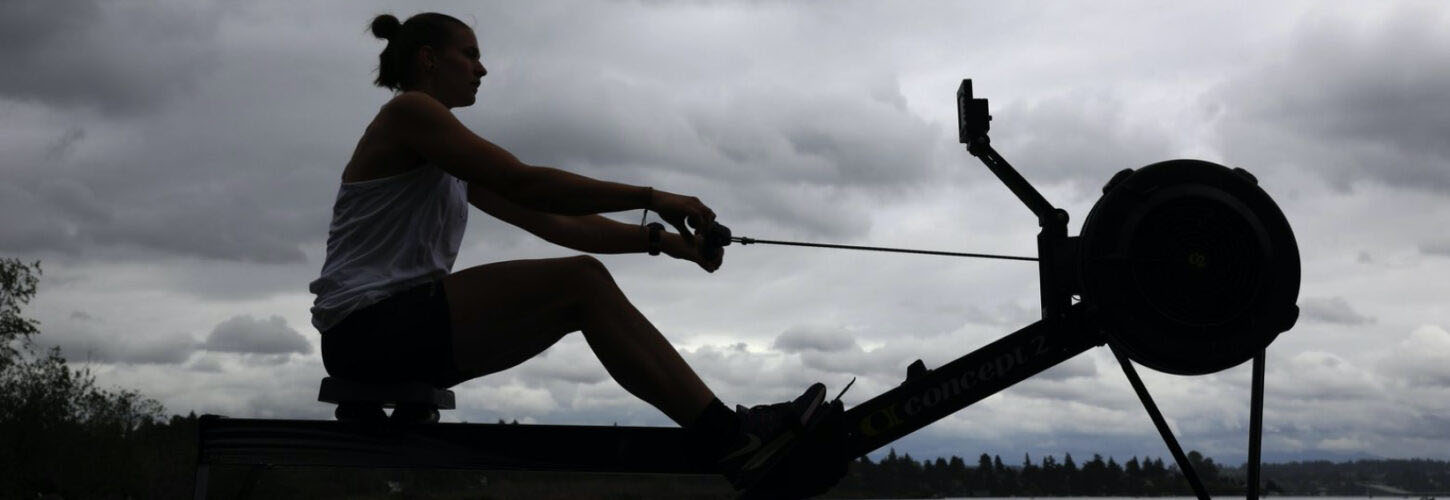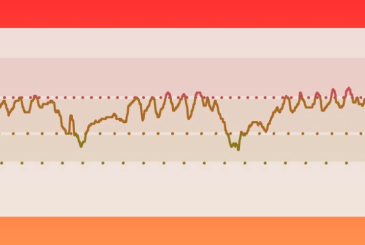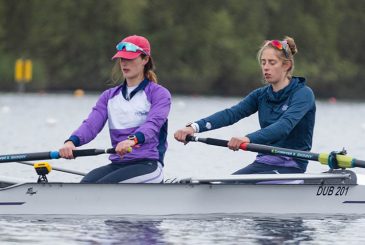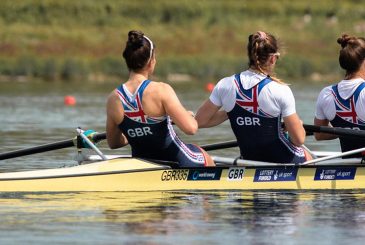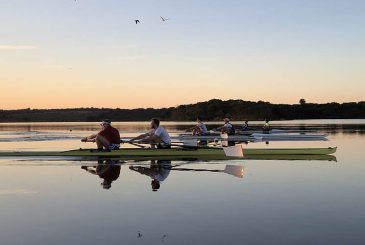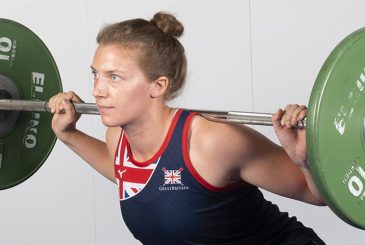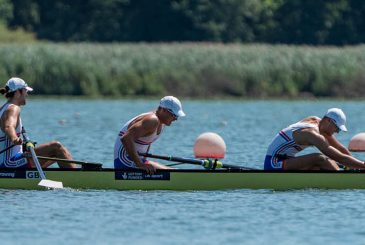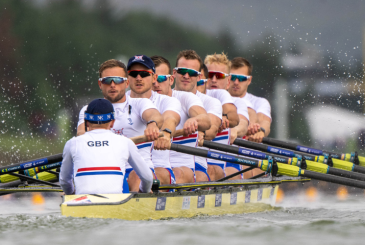With the long distance racing season firmly behind us, Cam Buchan provides some useful suggestions for transitioning out of winter and into spring/summer training so you can get sprint race season started with a bang
So you have made it through your gruelling winter training and with it the longer sessions and miles; what do you do now?
As with most things in life there are stages, in rowing it is no different. Usually these stages are determined by the weather, especially so in Great Britain:
| Stage | Months | Focus |
|---|---|---|
| Start of season | September to November | The beginning of the rowing training year, where we start to build the base fitness, usually containing some head races and indoor championships. |
| Winter training | December to March | A lot of the time is spent on the rowing machine or other indoor training methods as weather limits other outdoor options. Weather permitting, there are more long-distance head races. |
| Race season | April to July | Outdoor options become more available and races become shorter and usually more frequent. |
| Time off | August | Down time for the most serious rowers with the occasional cross training, plus fun, sprint regattas. |
We’re now just moving into the third phase of the year, heading into “race season” where the races are generally 2000m or shorter. In the first and second phase of the year races are usually minimum 2000m and can go all the way up to marathon distance racing.
Now, with the change in distances and race types comes a need for different types of training. All training for one distance will have benefits for another but, for example, when your winter race was a marathon and your Spring/Summer races are 500m and 1000m there are going to be drastic needs for each discipline.
There is good news for Spring/Summer race training, with shorter distance races the training doesn’t always have to be as long! Shorter distance races place more emphasis on power rather than endurance, so when considering the training for your races, consider which should have the greater focus.
A 2000m row can greatly benefit from improving both. It strikes an interesting balance between the two. Anything less than 2000m though you’re going to want to dedicate more time to increasing power, whereas anything more than that, training should be adapted to increasing endurance. This is not a set rule for everyone so you could vary but this generally is the case for the majority.
Let’s assume that you are looking to increase your power for the upcoming race season, what are some things that could be done in training that could help?
Power focused training sessions
Specific power training sessions are an obvious way to help increase your power. As mentioned above, these sessions might not even have to be that long. Max power strokes and short high intensity intervals with long rest are two very easy options to implement into a training programme to help increase your power over time.
An example session could be: 2000m x 2 with 200m at rate 24 at 250m, 750m and 1500m. The 200m should be as hard as possible
Recovery emphasis
You may have noticed that I mentioned long rests between high intensity intervals above as recovery is very important to increasing power. To perform workouts at high intensities and to produce as much power as possible the body has to be recovered and ready to push. This doesn’t just apply to the rest between intervals within a session, it also applies to recovery between entire sessions. It can be very difficult for the body to recover after doing very high pressure strokes so make sure that you give your body time to recover.
Weightlifting
For some, lifting weights is the key to increasing power, for others they do not need it. I think it can be a really useful addition to a training program but should not be the only focus – rowing is a rowing sport so the focus should be more on rowing than anything else. If there is time in the program and you have the ability to recover, weights can be an effective and simple way to push power higher. Using low rep ranges in exercises like squats, deadlifts and cleans can help. When lifting the focus should be to move the weight as quickly as possible. As always with weights though, make sure that you know what you’re doing and have a qualified coach to supervise if you are unsure.
I hope this has helped give an insight on what you could do when transitioning through different stages of the season or even given you some food for thought for making your next transition better!


